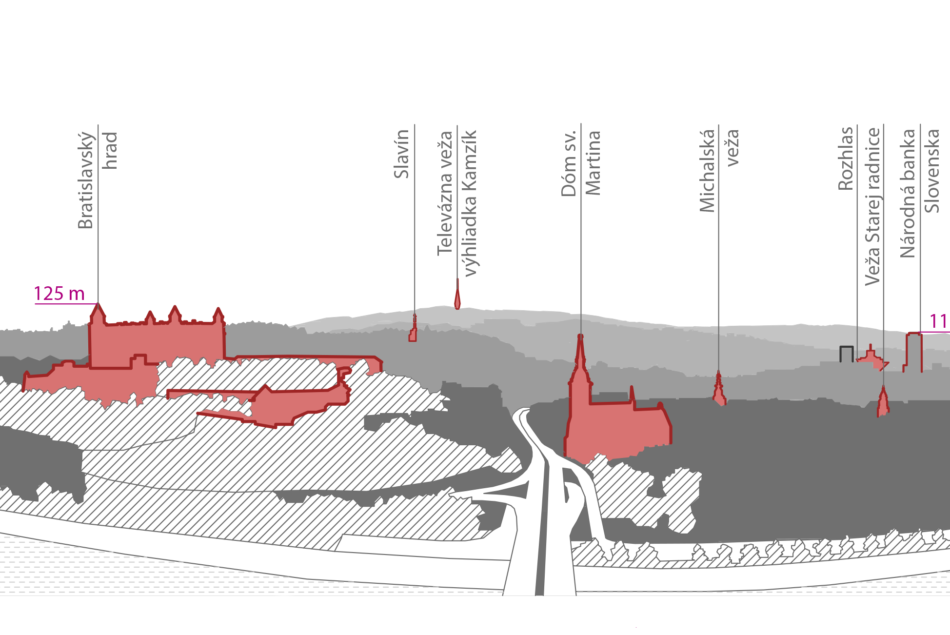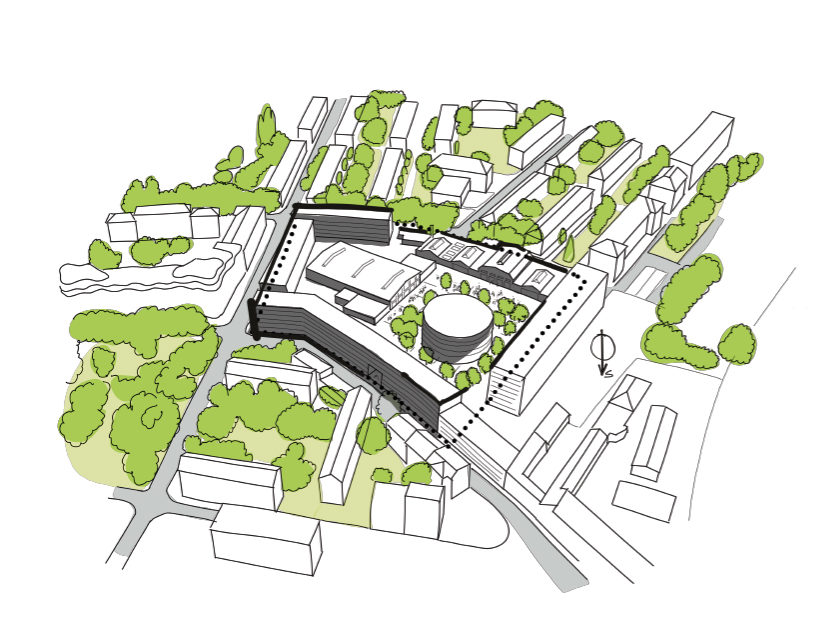The spatial planning documents are, according to the new Act on spatial planning, spatial-technical documents and a land use study. A land use study is a proposal for solutions to problems and phenomena in the location that may affect or condition its spatial arrangement and functional use of the cadastral community of a settlement or municipality. These include urban planning studies, land use master plans, forecasts and others.
An urban study is an in-depth spatial planning foundation at the zonal level for guiding the use of the territory. It can be used as an in-depth document of a certain phenomenon in the territory (e.g., an urban study of the location for rental housing in Bratislava….) and is valid after approval by a resolution of the City Council of the Capital City of Bratislava.
Urban studies are aimed at solving partial problems in the territory. The content and scope of urban studies are determined in the specification, which is approved by the planning authority to guarantee state, regional and municipal interests.
Urban studies are processed: during the preparation of the spatial plan as a proposal of the concept of spatial arrangement and functional use of the territory; for deepening or verification of the spatial plan; during the amendment of the spatial plan. They are also used to solve some specific spatial-technical, landscape-ecological, environmental, urban planning or architectural problems as a foundation for spatial decision-making.
The urban planning study shall be procured by the spatial planning authority or through a professional. It may be procured or contributed to by anyone interested in its procurement.
Urban master plan sets out the concept for the development of socio-economic systems. These are basically conceptual urban studies focused mainly on the development of complex facilities and areas of citywide amenities in the domains of: education and training, social services, health care, sports, recreation, public administration, administration, trade, tourism, non-productive services, etc. Other important areas of urban development are also the subject of the solution, in particular: housing, industry, agriculture, transport, technical networks and services, urban vegetation, etc.
These studies are the foundation for spatial decision-making, especially in the issues of the placement of premises of city-wide, supra-urban, regional and national significance, down to the equipment of civic amenity sites and residential areas.
The master plan as a spatial planning dossier has an indicative character. Unlike the urban plan, it is not binding and is not approved by the planning authority.
Territorial foresight is an important professional dossier for planning the development of the Capital City of Bratislava in the long term. It focuses on the development of Bratislava as a resilient city in the 21st century, a core city of the metropolitan region and a specific center fulfilling the functions of the national capital. It examines, verifies, and outlines the further development of the city with regard to improving the quality of the environment for the benefit of the city’s inhabitants.
The purpose of territorial foresight is to optimize the further development of the city and to identify the most probable scenarios of the long-term spatial arrangement and functional use of the city territory based on analysis and evaluation of demographic, social, environmental, and economic conditions.
Foresight-oriented urban study verifies the potential of the city development and is an important foundation for the elaboration of a new urban plan, updates of the current Urban Plan For The Slovak Capital, Bratislava as amended, and the creation of urban policies.
All land use studies are available only in the Slovak language.











